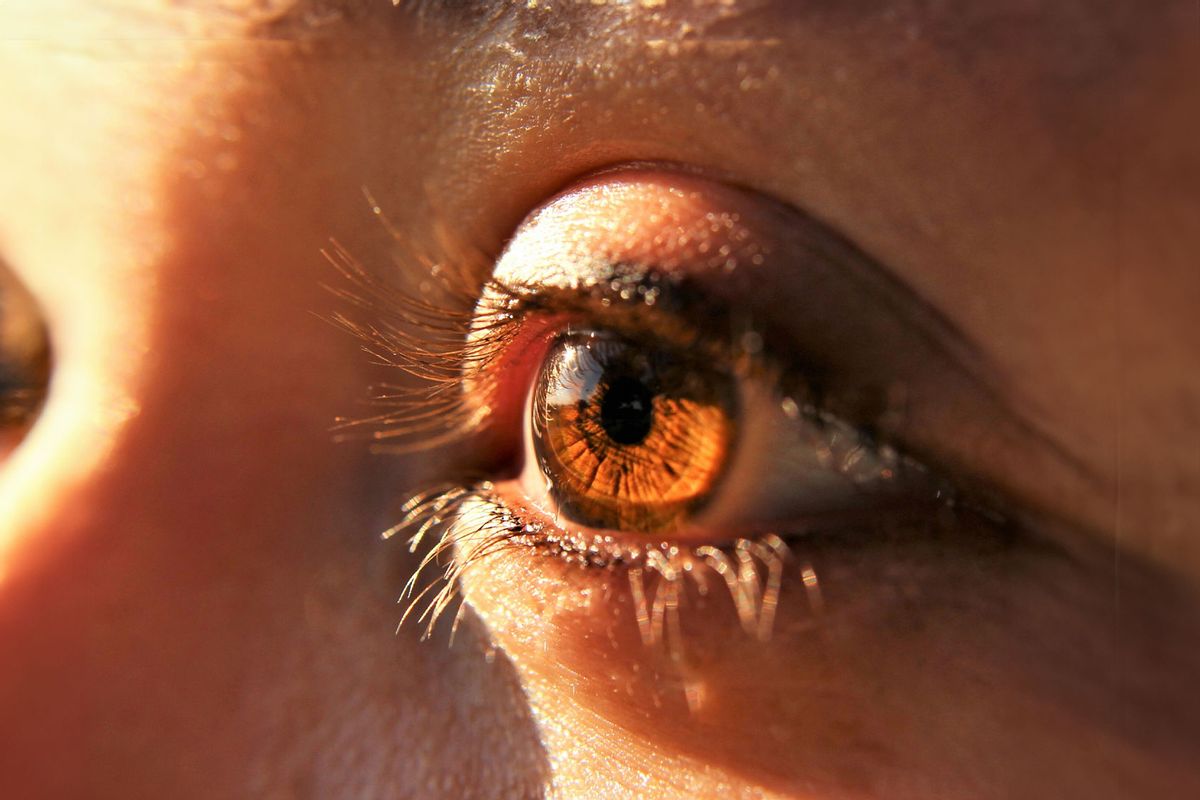People perceive visual information at different speeds and some people effectively see more images per second than others, according to new research from Trinity College Dublin. In a study published Monday in the journal PLOS ONE, researchers found that if a light source flickers above the limit of how many images per second a person could perceive, the person will not perceive the light source as flickering at all. To discover the maximum number of images per second each study participant could perceive, scientists measured each person's “critical flicker fusion threshold.” Some people perceived a light to be completely still even when it flickered about 35 times per second, but other participants could still detect the rate of a light flickering even when it was flashing more than 60 times per second.
“We don’t yet know how this variation in visual temporal resolution might affect our day-to-day lives, but we believe that individual differences in perception speed might become apparent in high-speed situations where one might need to locate or track fast-moving objects, such as in ball sports, or in situations where visual scenes change rapidly, such as in competitive gaming,” said lead study author Clinton Haarlem, a PhD candidate at Trinity's School of Natural Sciences, in a Monday release.
Researchers said that while this individual level of visual acuity — called "temporal resolution" — may remain quite stable in general for a person, the researchers' post-hoc analysis suggests there may be slightly more changes over time for female study subjects than for male subjects.



Shares